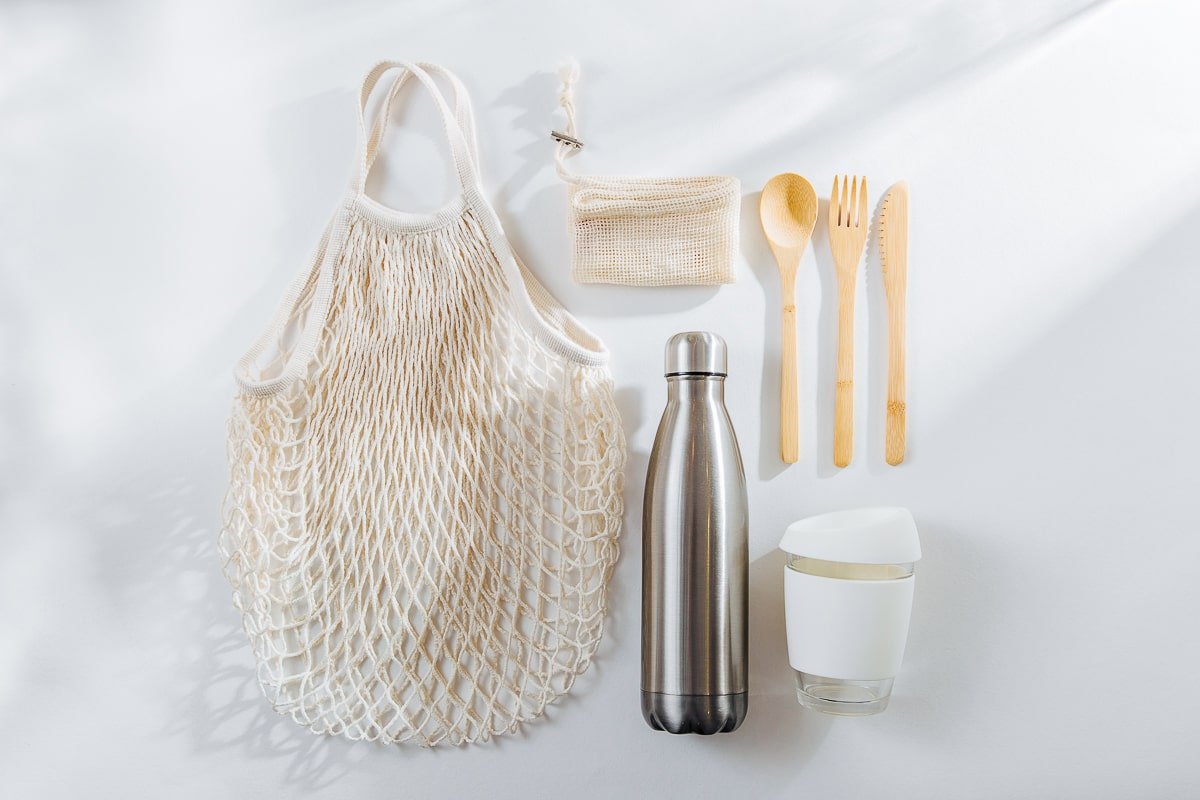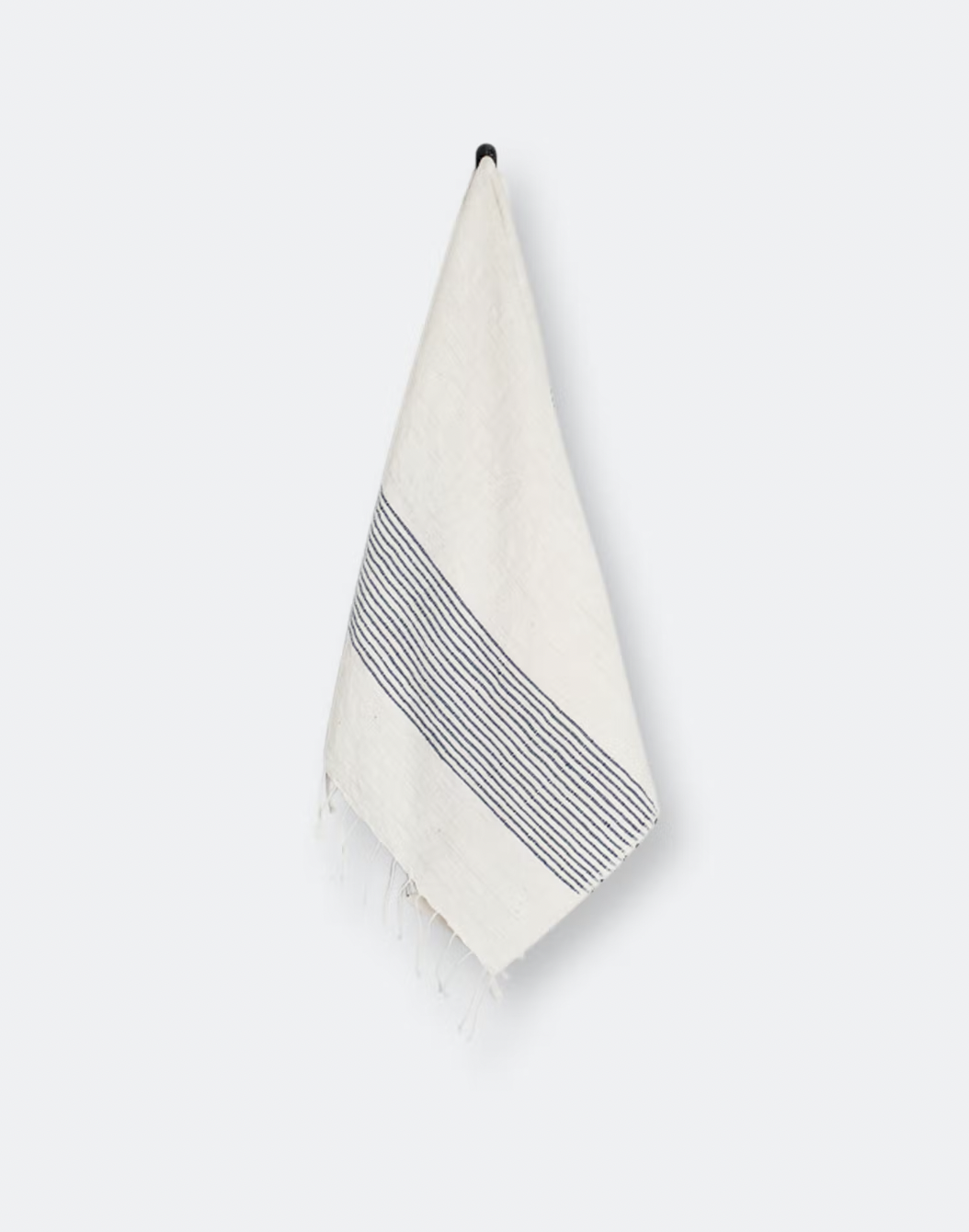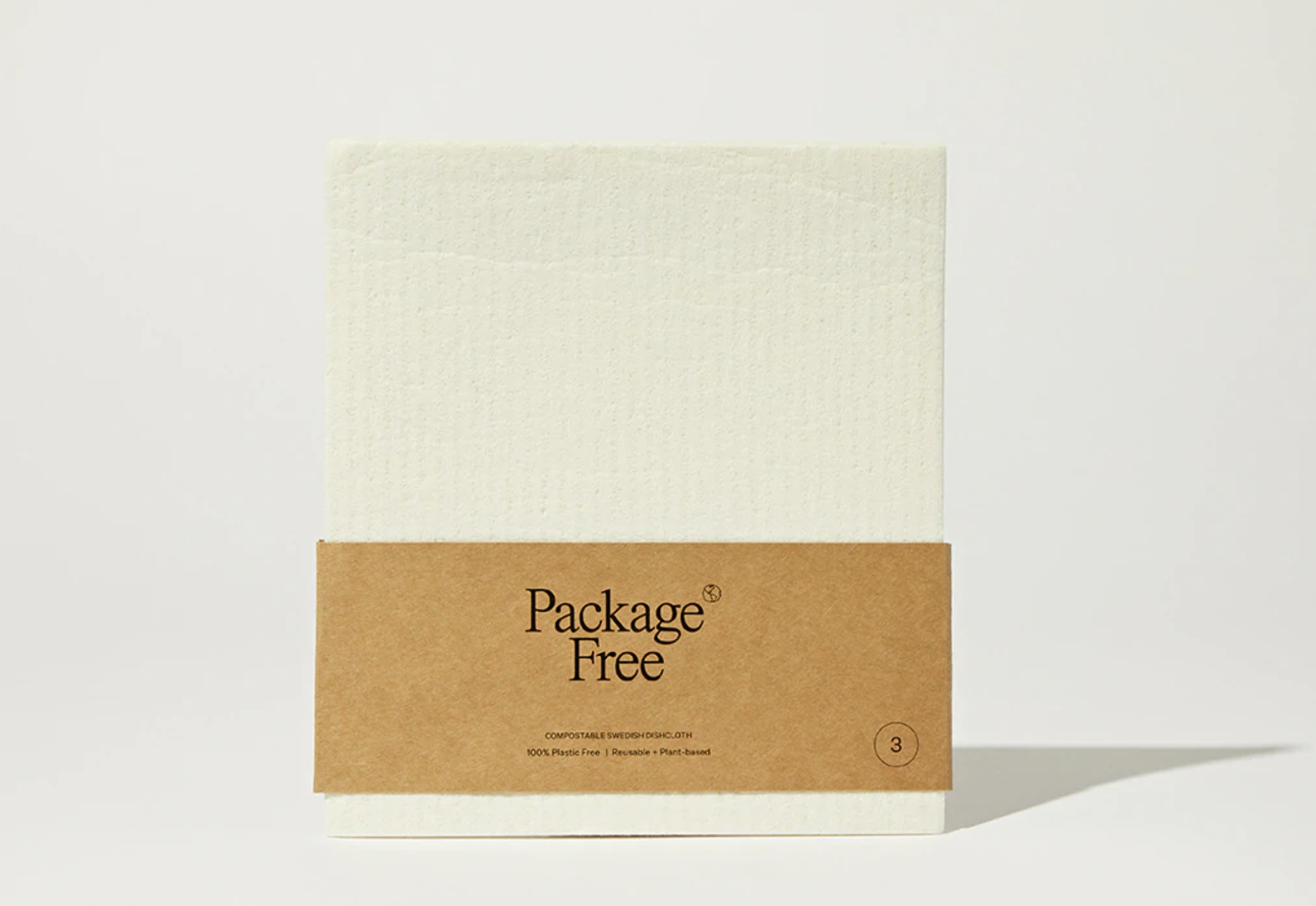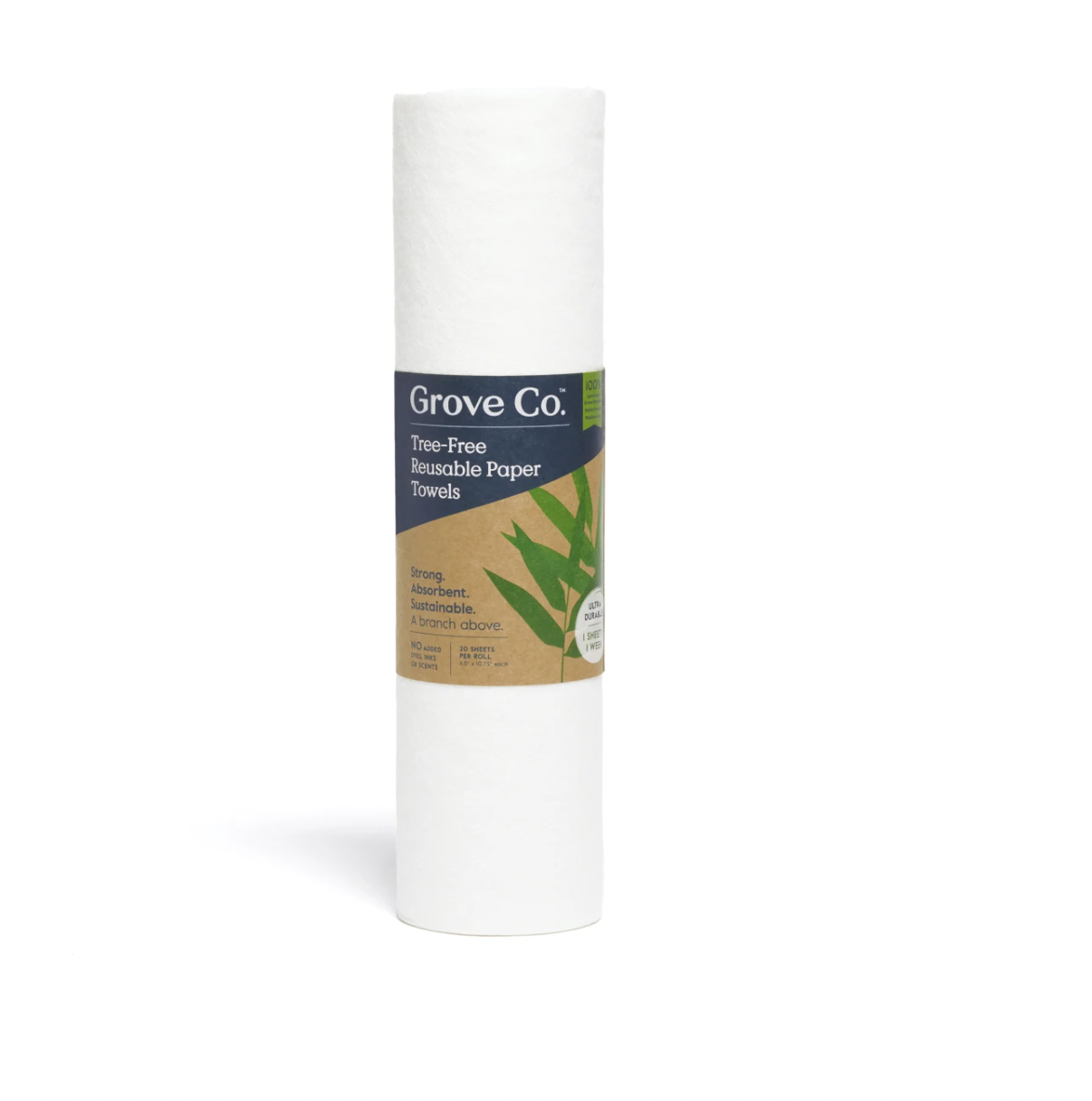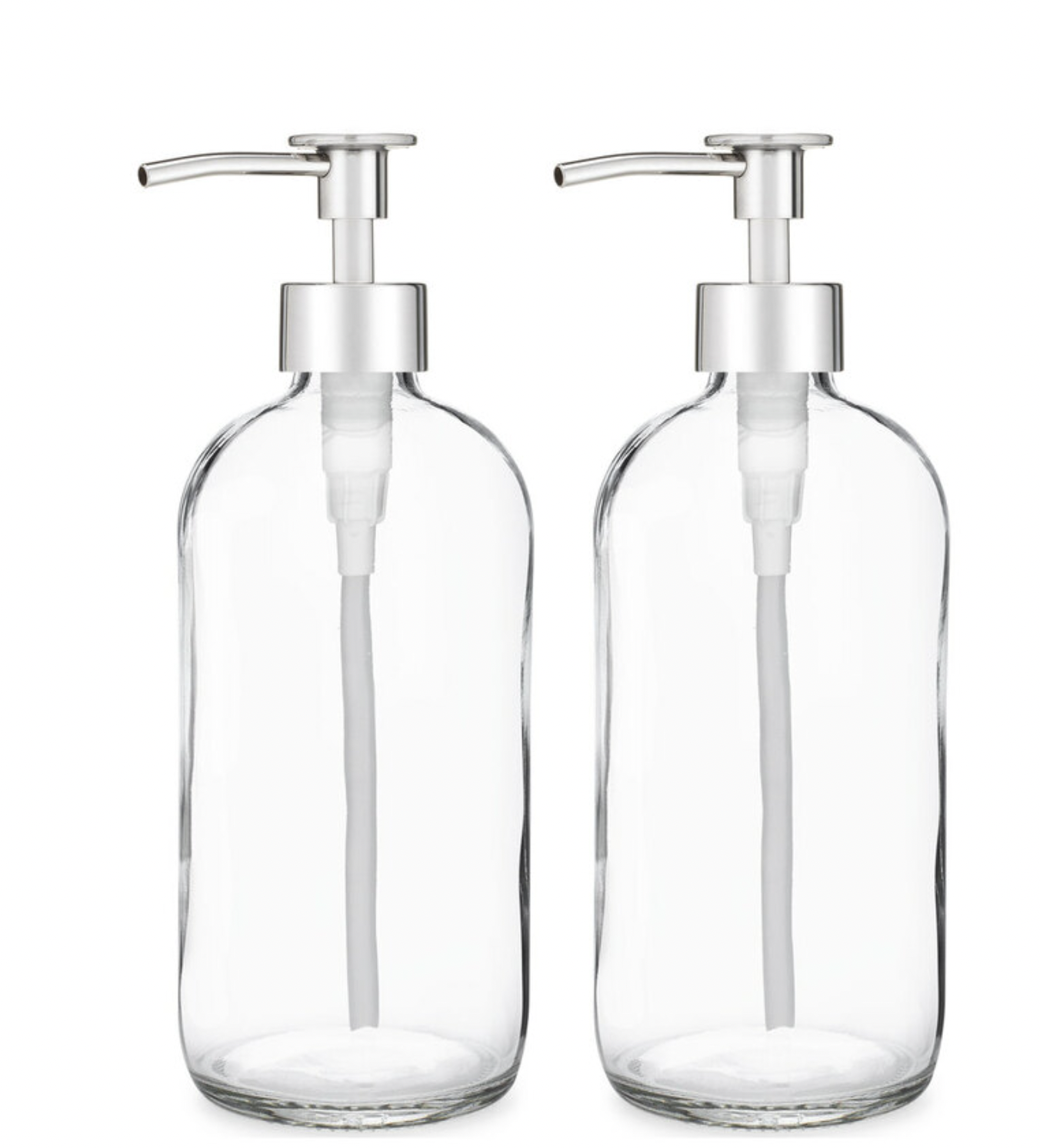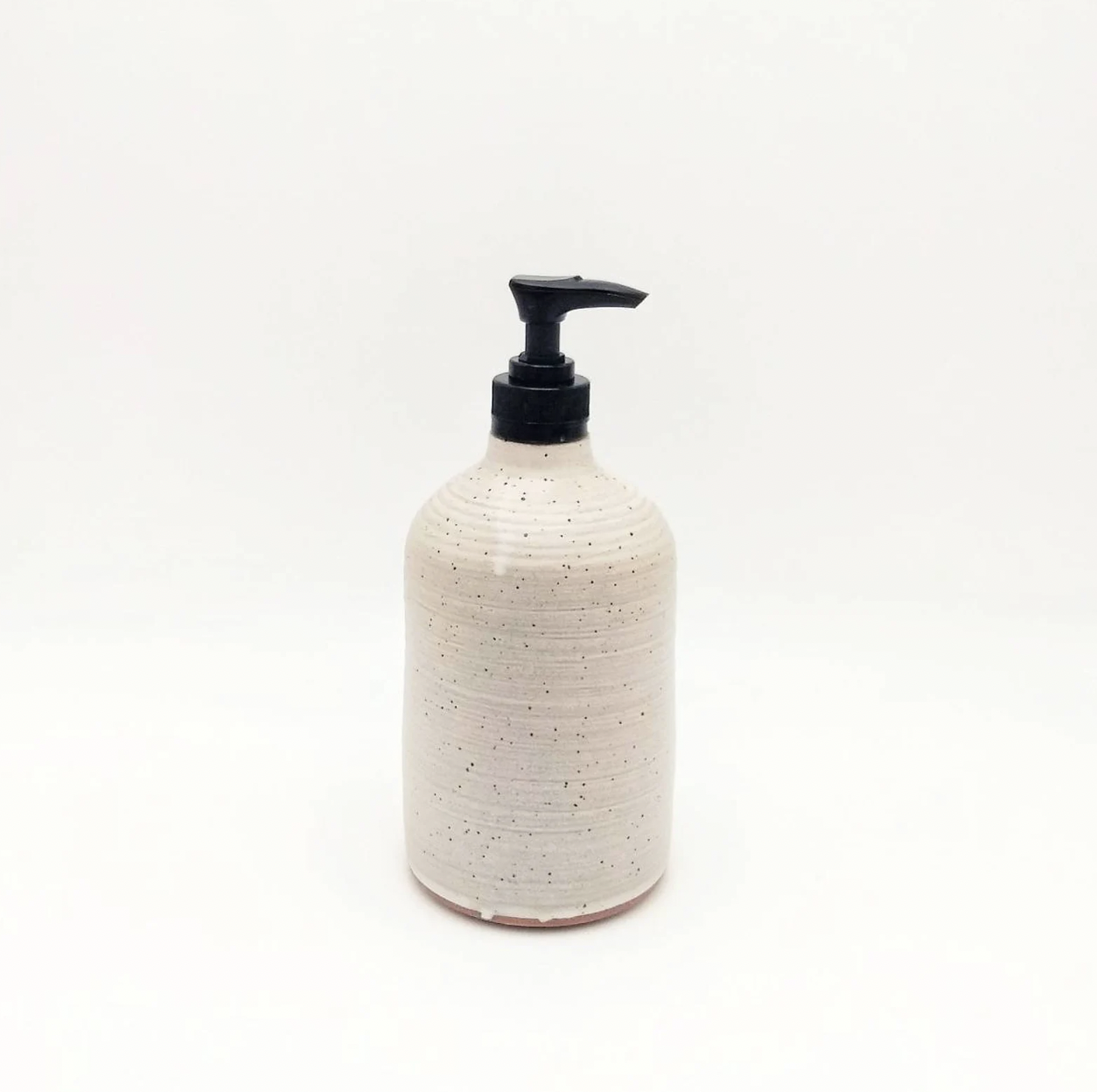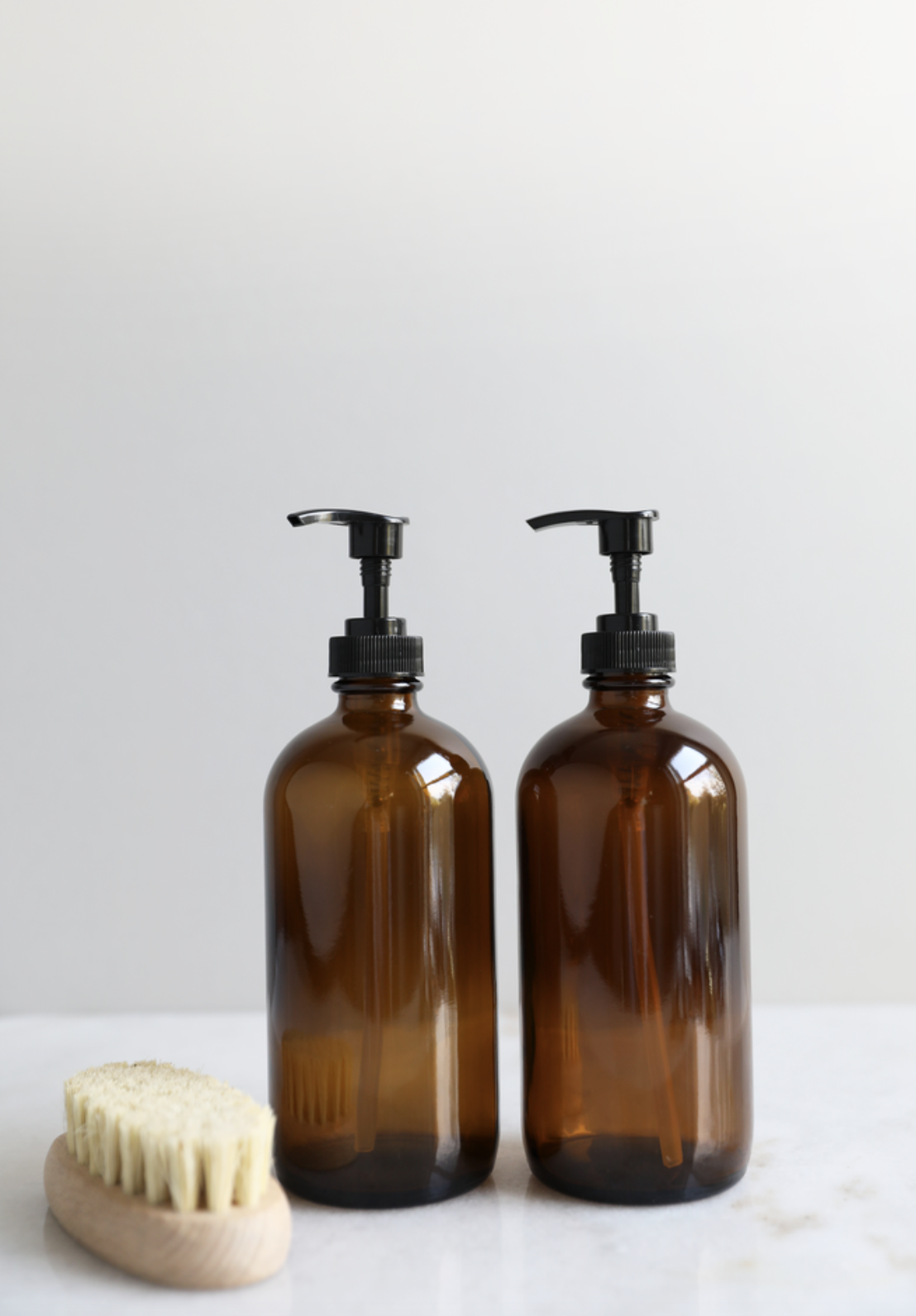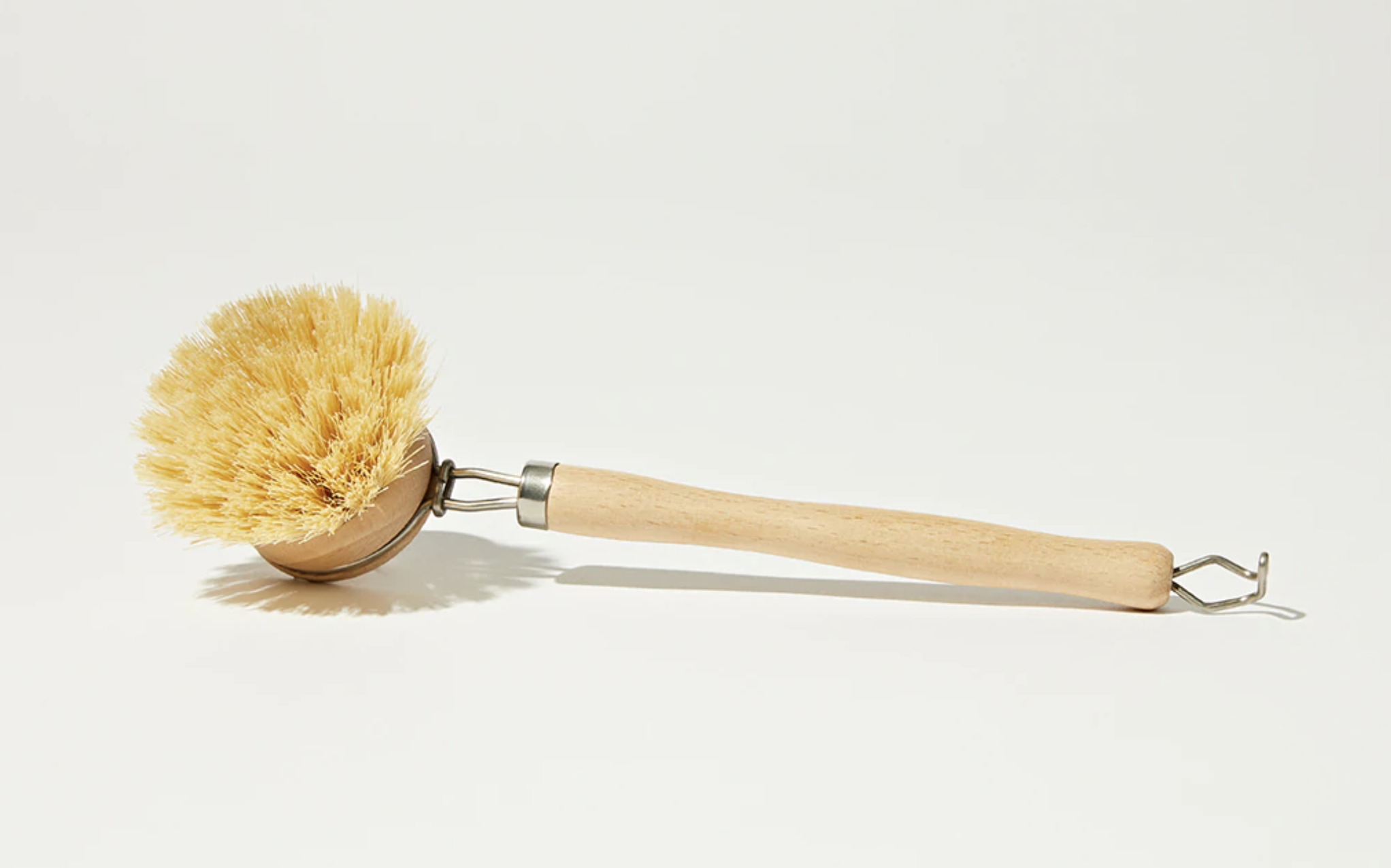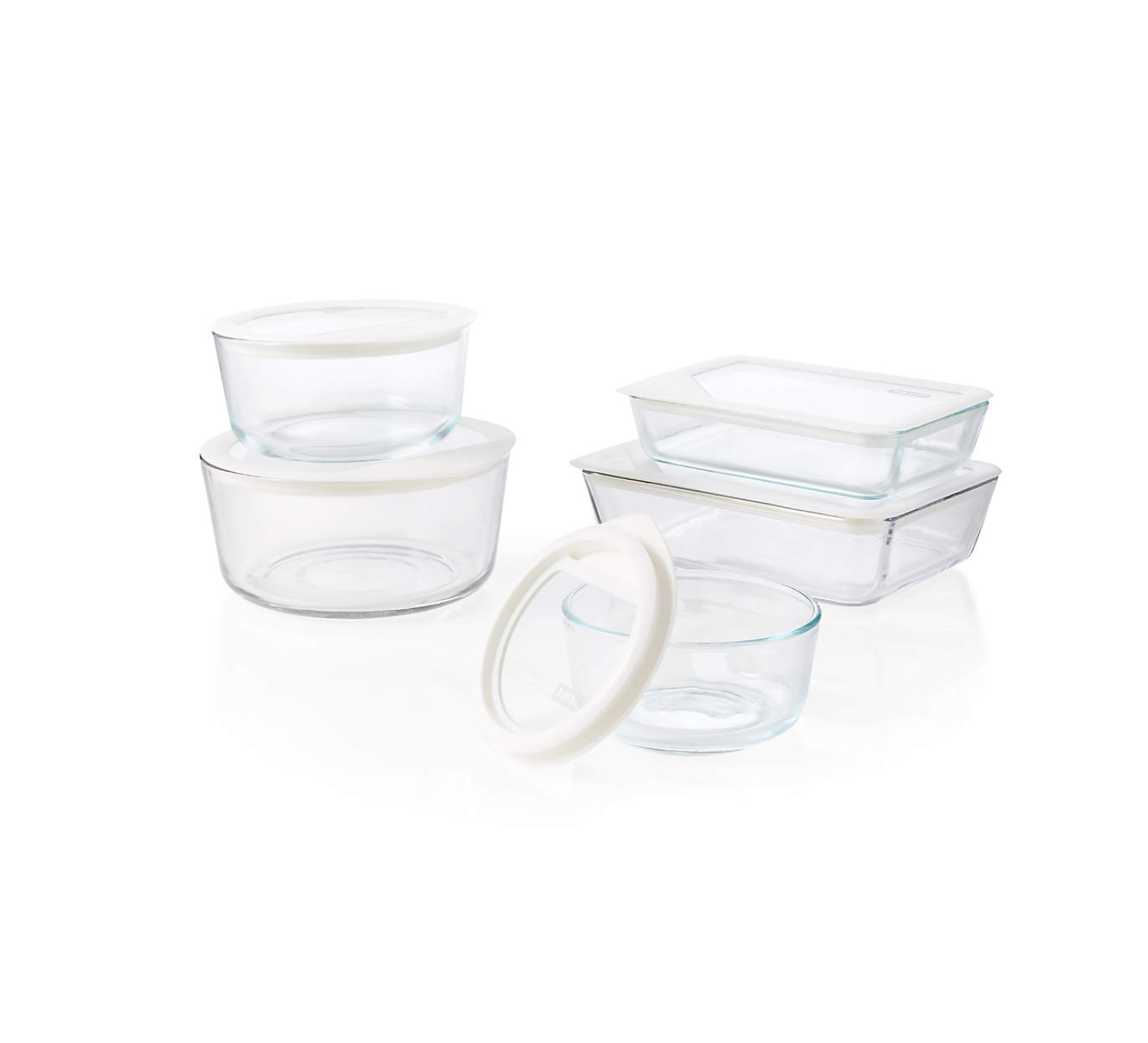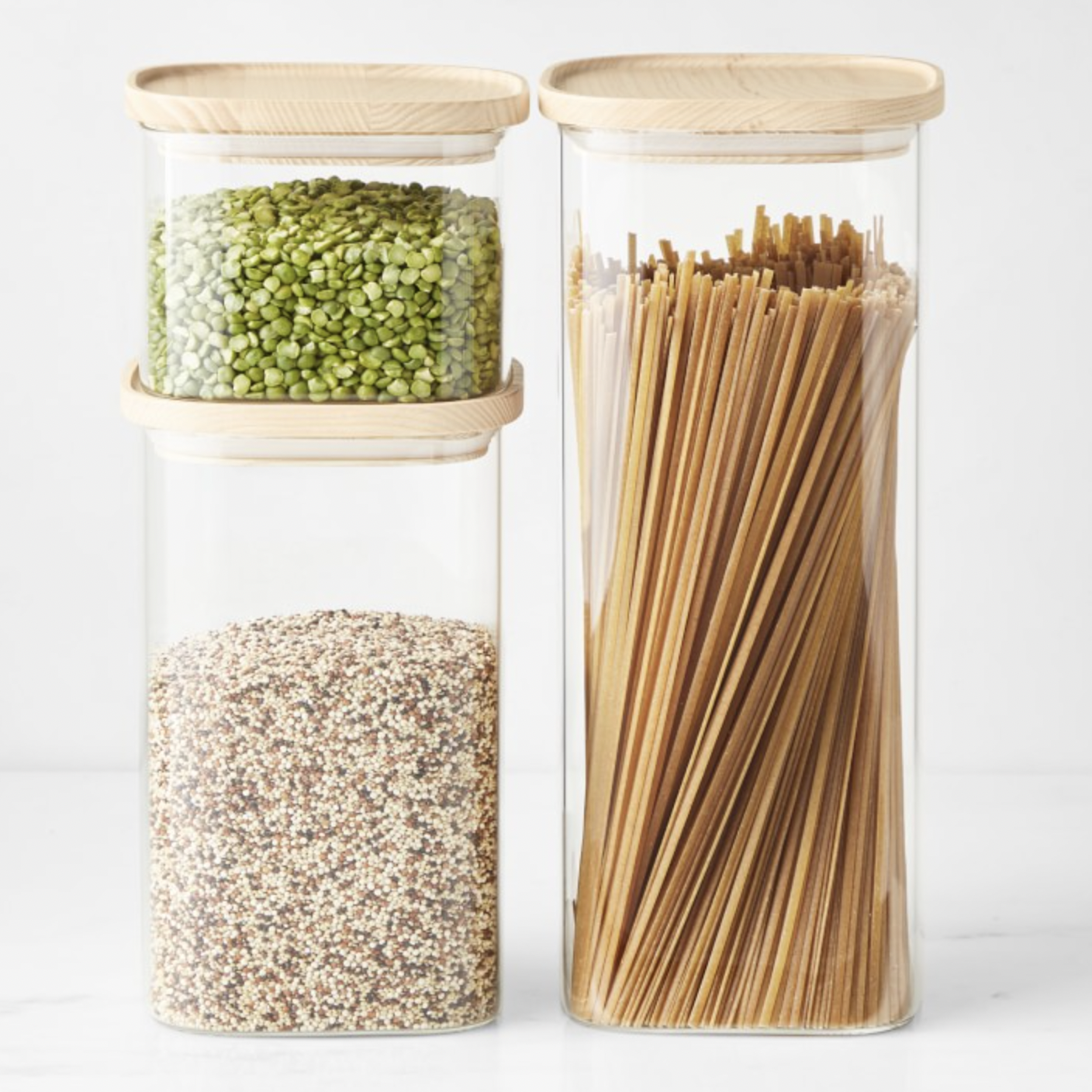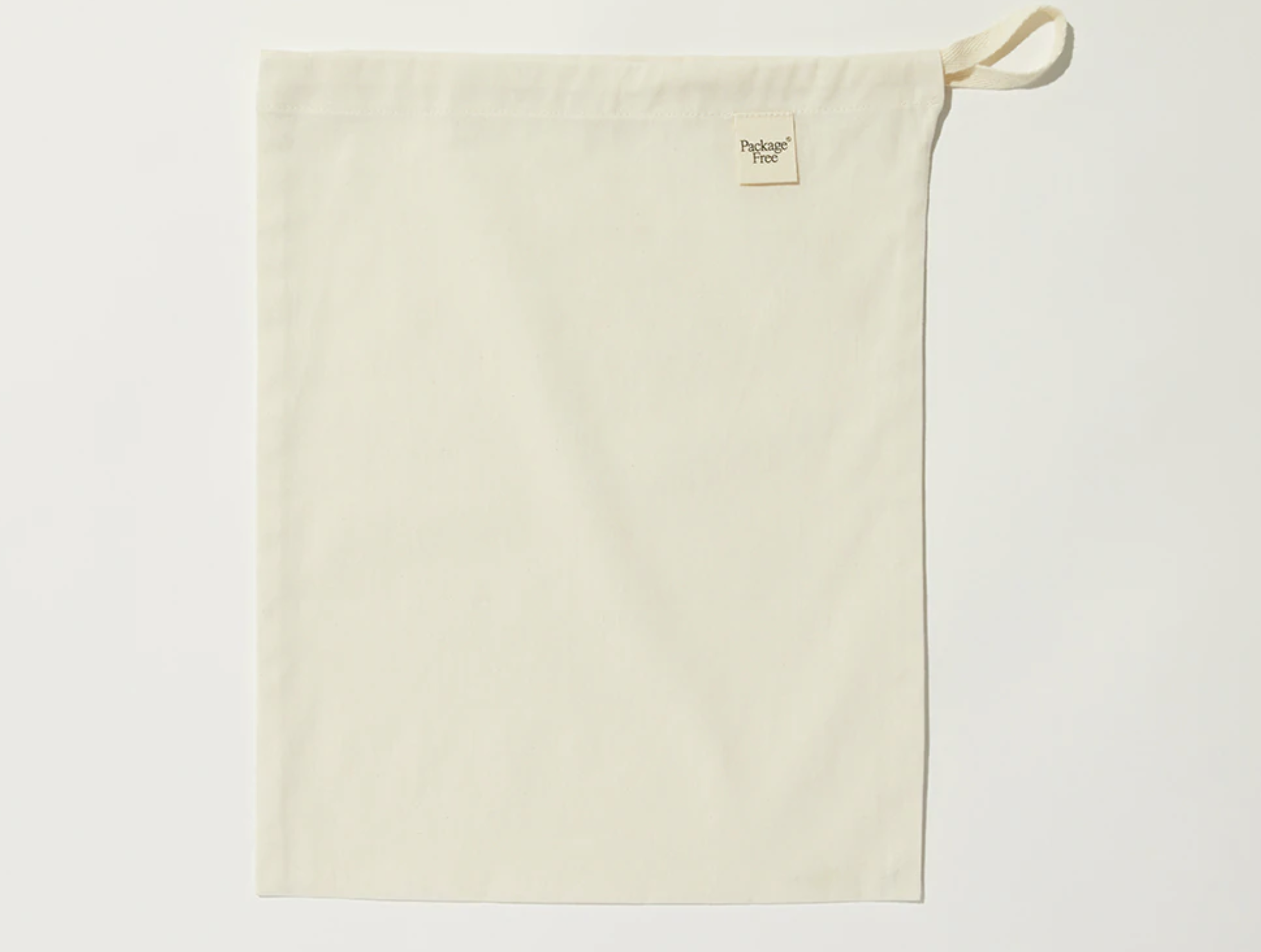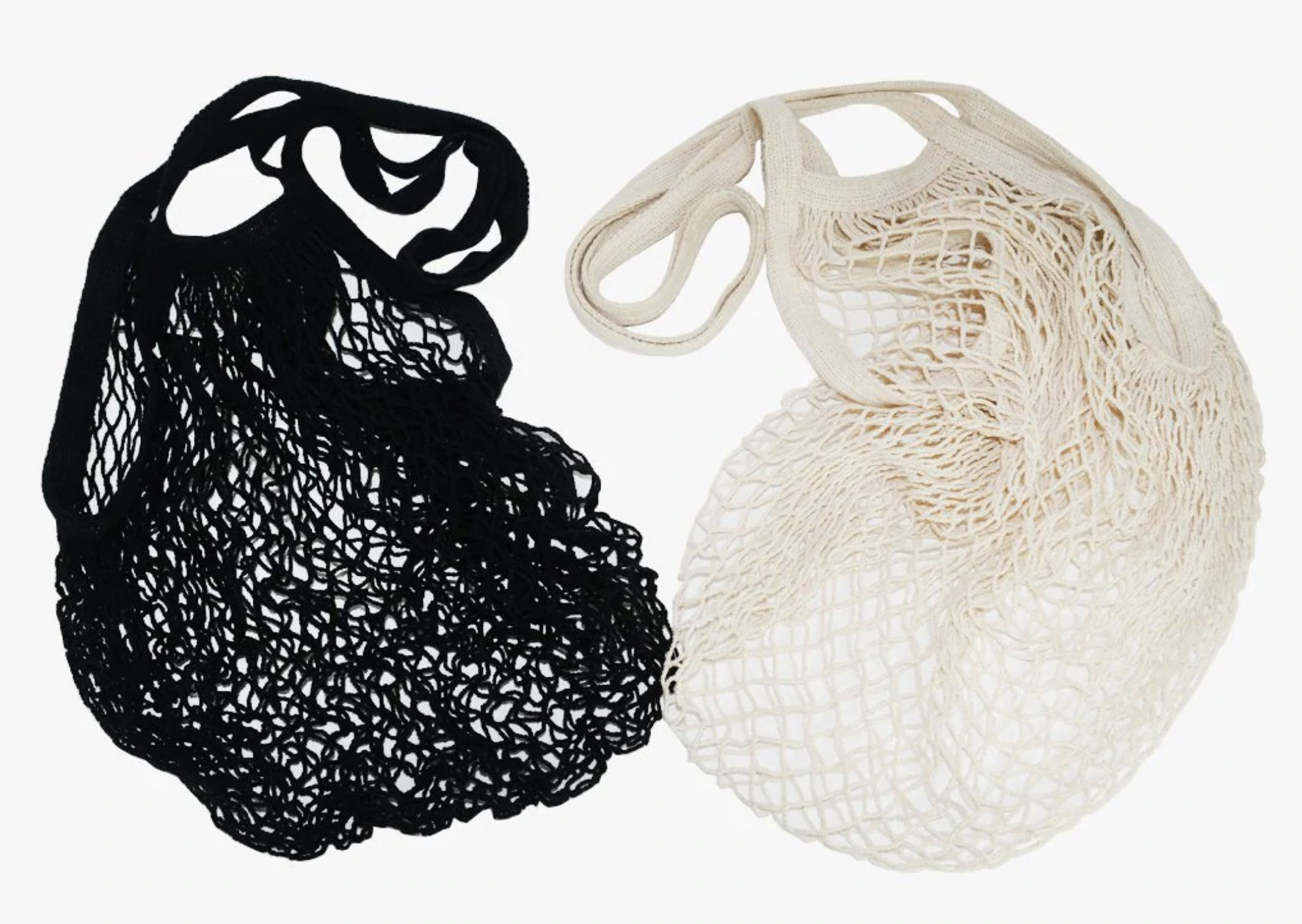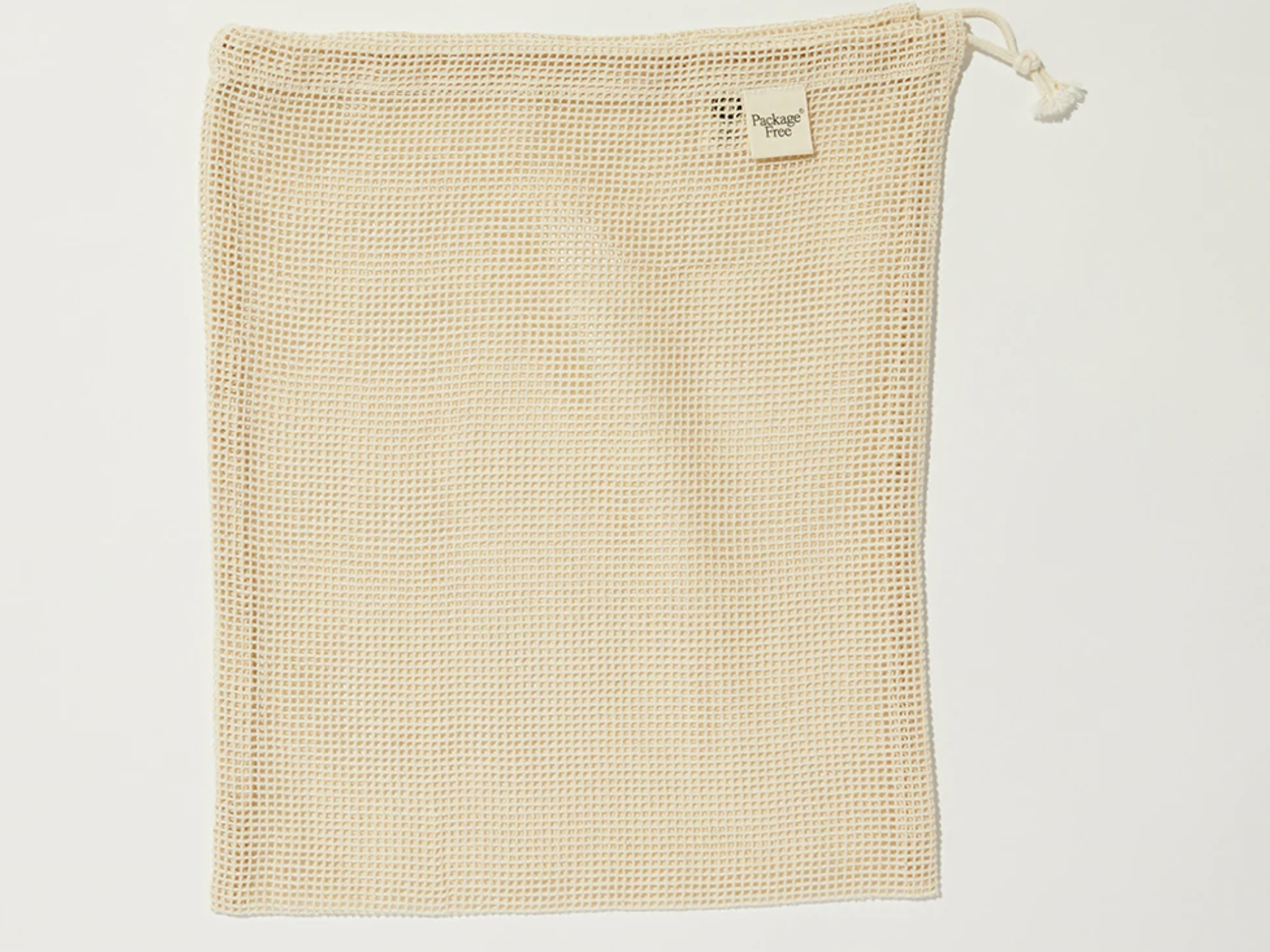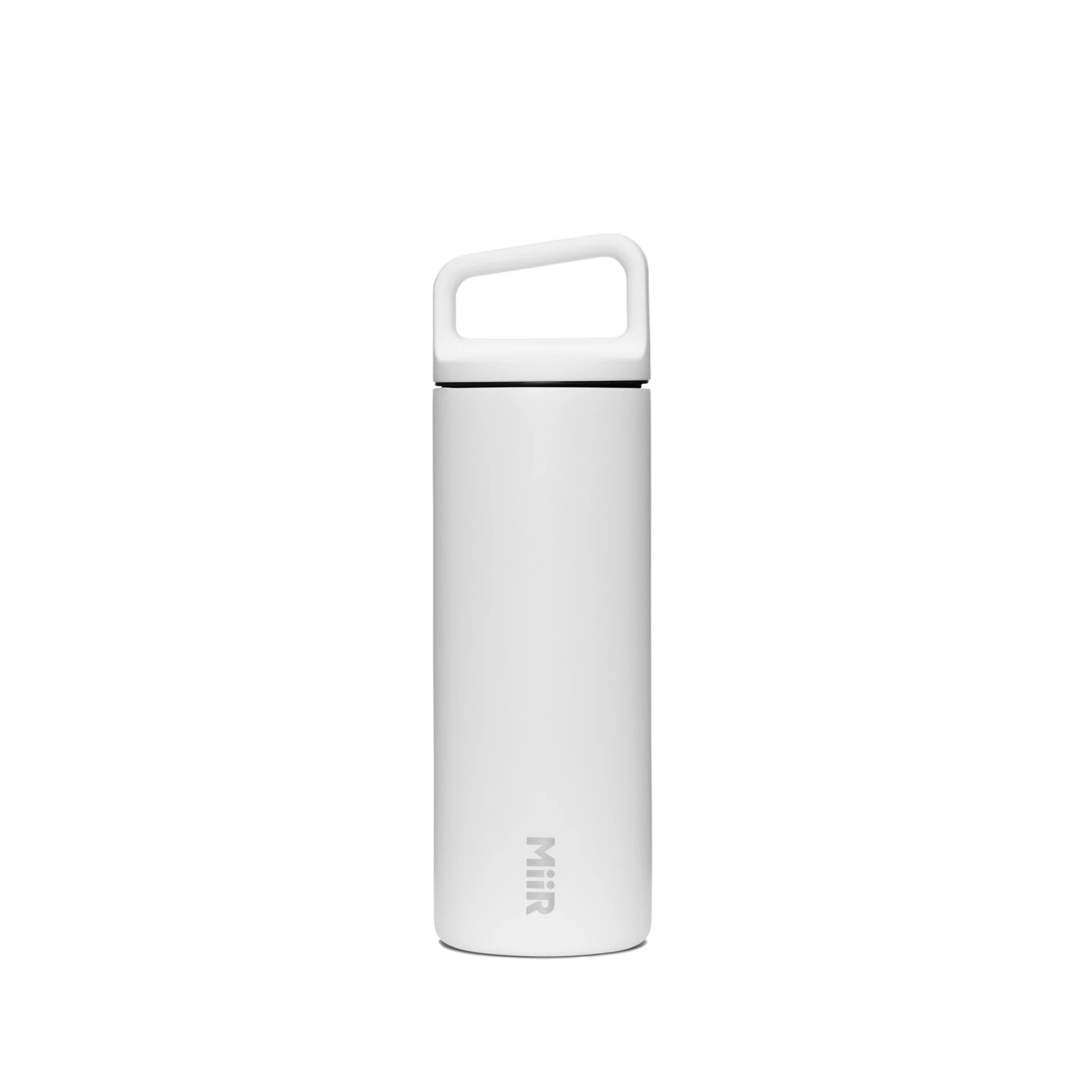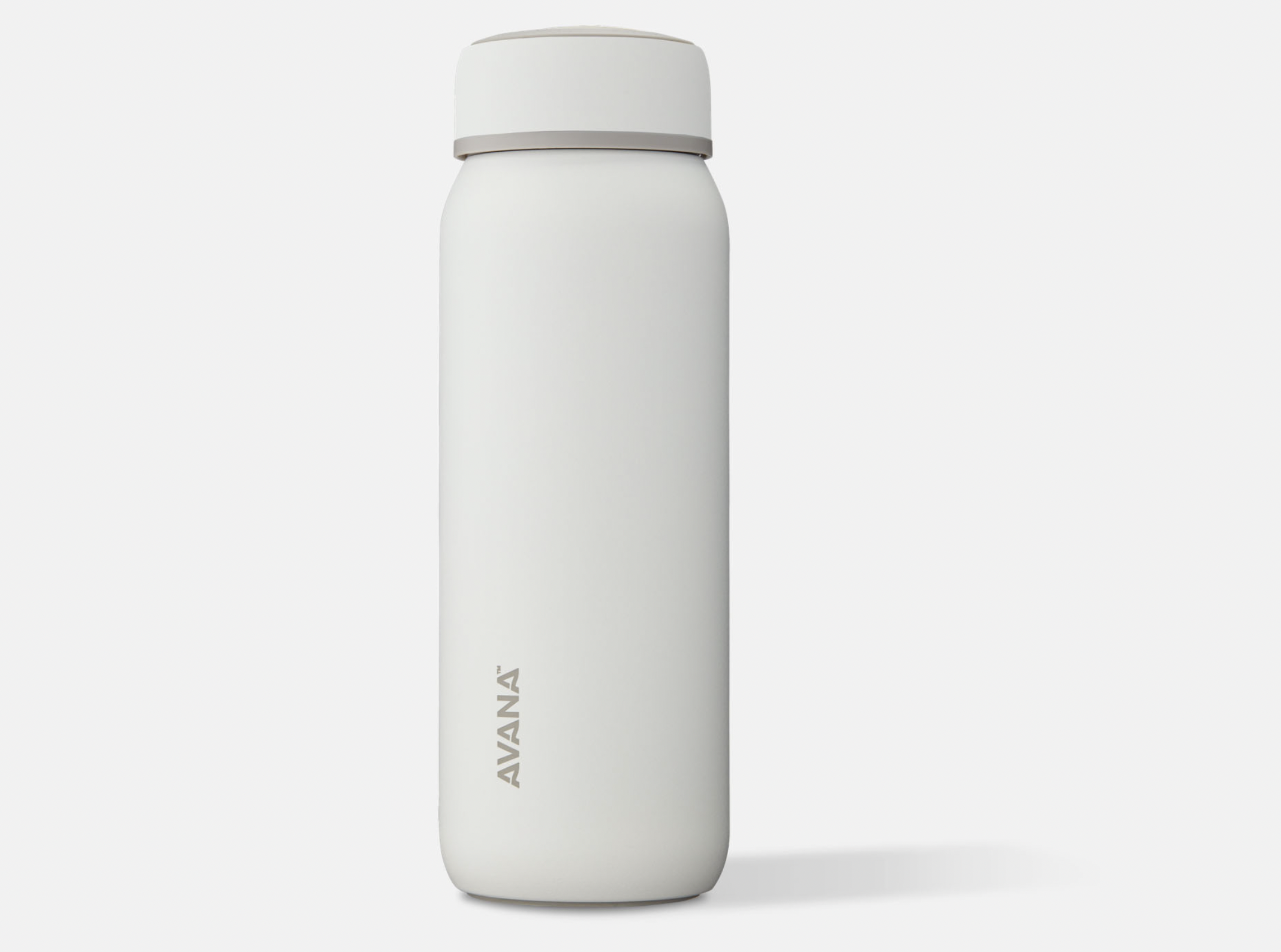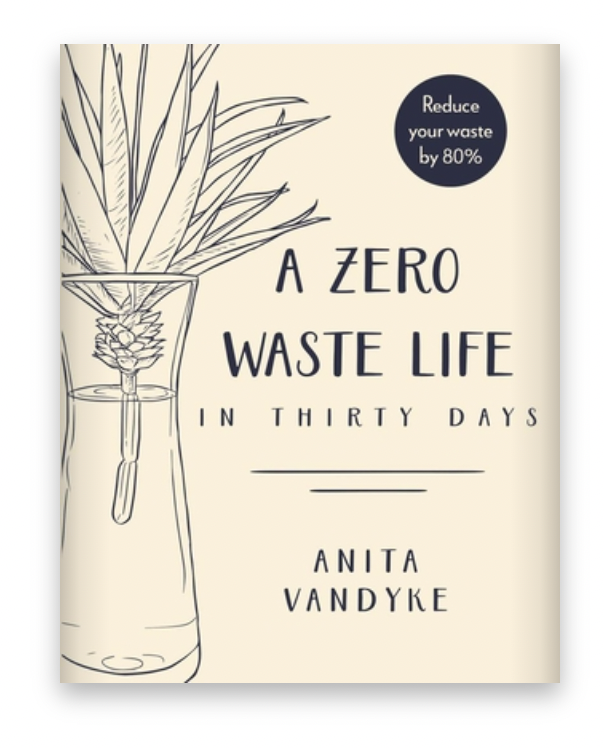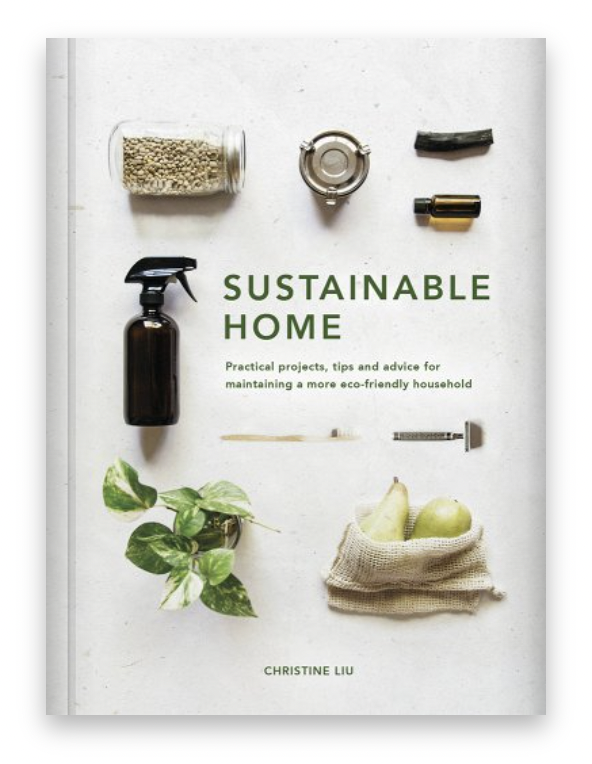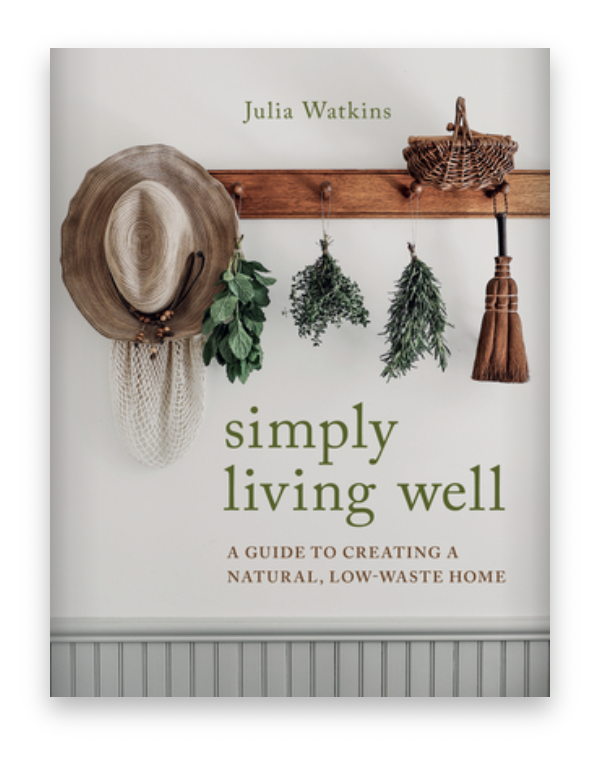6 Simple Ways to Reduce Kitchen Plastic
By Kymberly Lawyer | Read time 2 min
Growing up, my grandmother always saved glass jars from food products, takeout containers, and had plastic grocery bags stashed away in a kitchen drawer. I remember she used the glass pasta sauce jars to house her collection of buttons that she would use to mend our clothes, and the jelly jars for paperclips and other office supplies. Although it would drive me bonkers that nothing would perfectly match, or that she would never take the labels off, it was a good lesson on being resourceful. After all, the most sustainable thing you can do for the planet is reuse what you already have!
But for those who have exhausted their resources (or want some sense of uniformity), we have some simple swaps you can make that will eliminate single use plastic in your home and introduce beautiful, sustainable alternatives to common kitchen products.
Choose cotton hand towels and Swedish dish cloths instead of paper towels
Paper makes up a quarter of our landfill use, and Americans spend about 5.7 billion on paper towels alone. Switching to cotton towels to dry off your hands and clean up spills is so much better for the environment. We like to use Swedish dish cloths for the heavy duty spills and cleanup since they can hold 20 times their weight in liquid, can be washed, and eventually composted. Check out our favorite dishcloths and towels below.
2. Choose ceramic, glass, or stainless steel soap dispensers over single use plastic ones
As a family, you can easily go through one or two 16oz soap dispensers a month. Not only is this an expensive practice to uphold, but those soap dispensers end up in a landfill! We love ceramic soap dispensers and soap dishes for our kitchen and bathrooms, but you can also use clear glass, or stainless steel options to fit your decor style.
We would also like to note that solid soaps are a greener option compared to liquid soaps due to the lack of water needed to produce them, and in addition, the packaging for solid soaps are usually cardboard and paper based materials that can be recycled. If you do love your liquid soaps, we would encourage you to buy in bulk, since it cuts down on plastic, but it also saves you money! Sounds like a win- win to us!
3. Opt for natural fiber cleaning sponges and brushes instead of plastic ones
Plastic sponges are not recyclable therefore end up in the trash, and I don't know about you, but our plastic sponges would always fall apart after regular use! One of the best things we changed with our dish cleaning routine was swapping out the plastic sponges to natural fiber ones. There are so many functional and beautiful sponges and brushes that can be recycled or composted, plus they last longer than the plastic ones! Here’s our picks:
4. Choose glass food storage containers and beeswax wraps over single use plastic ones
Plastic film wrap is an example of a single use plastic that has to be thrown in the trash. Did you know the average American family uses around 24 rolls of plastic wrap per year? Beeswax wraps offer a sustainable alternative to storing and covering food, and work better than plastic wrap! They are all natural, biodegradable, compostable, and you can even use them as a fire starter. As for storage containers, first use what you have, like takeout containers or even keeping your leftovers in the dish you prepared it in. It’s also a smart idea to invest in some glass stackable storage containers to fit all your food in the fridge, freezer, or pantry.
5. Buy reusable produce bags instead of plastic shopping bags
If you are in California, you may have become accustomed to the shopping bag fee from grocers. It’s there to offset the environmental cost of single use plastic and hopefully steer shoppers towards reusable alternatives. If you haven’t jumped on this bandwagon yet, or are looking for some new styles for your collection, then look no further! We have some great options for you to check out!
But again, we would like to note that if you already have plastic bags from the grocery store, then you should use them first until they wear out!
6. Buy reusable water bottles instead of single use plastic bottles
If you don't already have one, then now is the time to get some reusable water bottles. There's been a decades-long push to end the consumption of plastic water bottles and there are so many stylish options to choose from. Are you outdoorsy? Get one with a handle or straw for easy access. Work from home? Try out a chic glass one. The options are endless!
Most tap water in the U.S. is safe to drink, but for those who do not have clean tap water or if you would like to improve the taste of it, consider installing a water filter for your kitchen sink.
If you’re interested in learning more about the zero waste movement, or are looking for a more extensive guide, we would recommend the following books as a starting point. To see a full list of our educational resources, click here.

